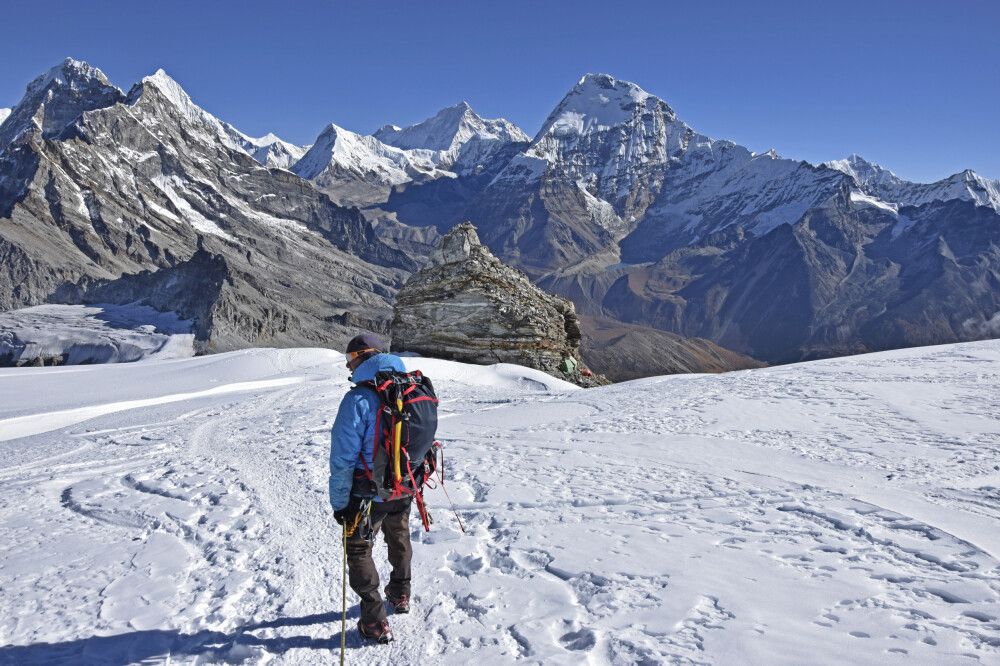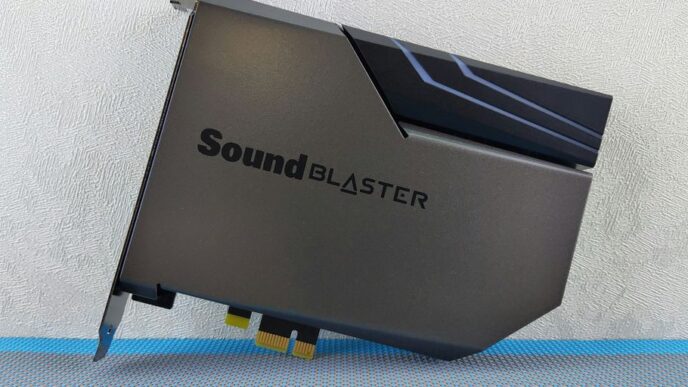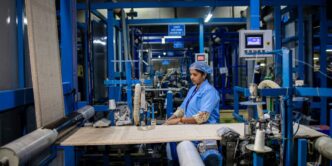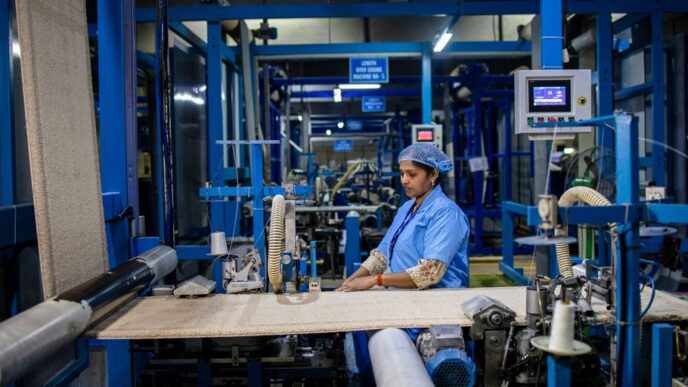Embark on the ultimate mountaineering adventure with a journey to the summit of Mera Peak, one of Nepal’s highest trekking peaks standing at an impressive altitude of 6,476 meters. In this extensive guide, we delve into all you need to know about Mera Peak climbing, from the best time to attempt the ascent, the challenging route to the summit, the essential gear and equipment required, the physical and mental preparation needed, the significance of experienced guides and support staff, the accommodation and food options along the trail, the breathtaking views from the summit, and the unparalleled sense of achievement that comes with conquering this Himalayan giant.
Best Time for Mera Peak Climbing:
The ideal time to undertake a Mera Peak expedition is during the pre-monsoon (spring) season from March to May and the post-monsoon (autumn) season from September to November. These periods offer stable weather conditions, clear skies, and favorable climbing conditions, providing climbers with the best chance of a successful summit bid.
Challenging Route to the Summit:
The ascent of Mera Peak involves a challenging but rewarding climb through varied terrain, including glaciers, snowfields, and rocky ridges. Climbers must navigate crevasses, steep slopes, and high altitudes, making it a physically demanding and technically challenging expedition that requires a good level of fitness and mountaineering skills.
Essential Gear and Equipment:
Proper gear and equipment are crucial for a successful Mera Peak climb. Essential items include mountaineering boots, crampons, ice axe, harness, helmet, and warm clothing suitable for high-altitude conditions. Climbers should also carry a backpack, sleeping bag, and other personal items to ensure comfort and safety during the expedition.
acking for a Mera Peak climbing expedition requires careful consideration of essential gear and equipment to ensure your safety, comfort, and success on the mountain. Here is a comprehensive packing list to help you prepare for the challenging ascent of Mera Peak:
Clothing:
– Base layers (moisture-wicking)
– Insulating layers (fleece jacket, down jacket)
– Waterproof and windproof jacket and pants
– Trekking pants and shorts
– Thermal underwear
– Moisture-wicking socks
– Warm hat and gloves
– Sun hat and sunglasses
– Gaiters
Footwear:
– Mountaineering boots (insulated and suitable for crampons)
– Camp shoes or sandals for rest days
Climbing Gear:
– Climbing harness
– Helmet
– Crampons
– Ice axe
– Trekking poles
– Carabiners and slings
– Ascender/descender
Safety Equipment:
– First aid kit
– Personal medication
– Diamox (for altitude sickness prevention)
– Sunscreen and lip balm with high SPF
– Headlamp with extra batteries
– Whistle
– Map and compass
Sleeping Gear:
– Sleeping bag (rated for sub-zero temperatures)
– Sleeping pad
– Pillow or stuff sack for extra comfort
Technical Equipment:
– Backpack (40-70 liters)
– Duffle bag for porters
– Water bottles or hydration system
– Snacks and energy bars
– Pocket knife or multi-tool
– Personal toiletries and hygiene products
Climbing Accessories:
– Balaclava or neck gaiter
– Hand warmers
– Buff or scarf
– Sunglasses with side protection
– Glacier glasses (for high-altitude sun protection)
– Ski goggles (for high-wind conditions)
Miscellaneous Items:
– Travel documents (passport, permits)
– Cash (for tips, souvenirs)
– Camera or smartphone for capturing memories
– Notebook and pen
– Travel towel
– Lightweight daypack for summit push
Optional Items:
– Climbing rope (if not provided by expedition)
– Satellite phone or communication device
– Solar charger or power bank
– Portable oxygen system (for emergencies)
– Portable altitude chamber (for acclimatization)
Ensure your packing list is tailored to your personal needs and preferences, and consider the specific requirements of your Mera Peak climbing expedition. By packing smart and efficiently, you can focus on the exhilarating challenge ahead and make the most of your mountaineering adventure in the Himalayas.
Physical and Mental Preparation:
Preparing for a Mera Peak climb requires a combination of physical fitness, mental resilience, and acclimatization to high altitudes. Climbers should engage in regular cardio and strength training, practice hiking with a loaded backpack, and acclimatize gradually to the increasing altitude to minimize the risk of altitude sickness.
Experienced Guides and Support Staff:
Engaging the services of experienced guides, climbing Sherpas, and support staff is essential for a safe and successful Mera Peak climbing expedition. Guides provide valuable expertise in route finding, mountain safety, and emergency response, while climbing Sherpas assist with technical aspects of the climb and support climbers throughout the expedition.
Accommodation and Food along the Trail:
Accommodation during a Summit Mera Peak typically consists of tented camps at high-altitude locations, providing climbers with a comfortable and sheltered base for rest and acclimatization. Meals are prepared by experienced cooks and include a variety of nutritious dishes to fuel climbers for the demanding ascent.
Breathtaking Views from the Summit:
Reaching the summit of Mera Peak offers climbers a breathtaking panorama of the Himalayan peaks, including Everest, Lhotse, Makalu, and Cho Oyu. The sense of accomplishment and the awe-inspiring views from the summit make the challenging climb and the physical exertion worthwhile, creating memories that last a lifetime.
Unparalleled Sense of Achievement:
Standing atop Mera Peak and gazing out at the majestic Himalayan landscape is a moment of unparalleled achievement and fulfillment. The sense of accomplishment, the camaraderie forged with fellow climbers, and the memories created during the expedition make Mera Peak climbing a truly transformative and unforgettable experience.












